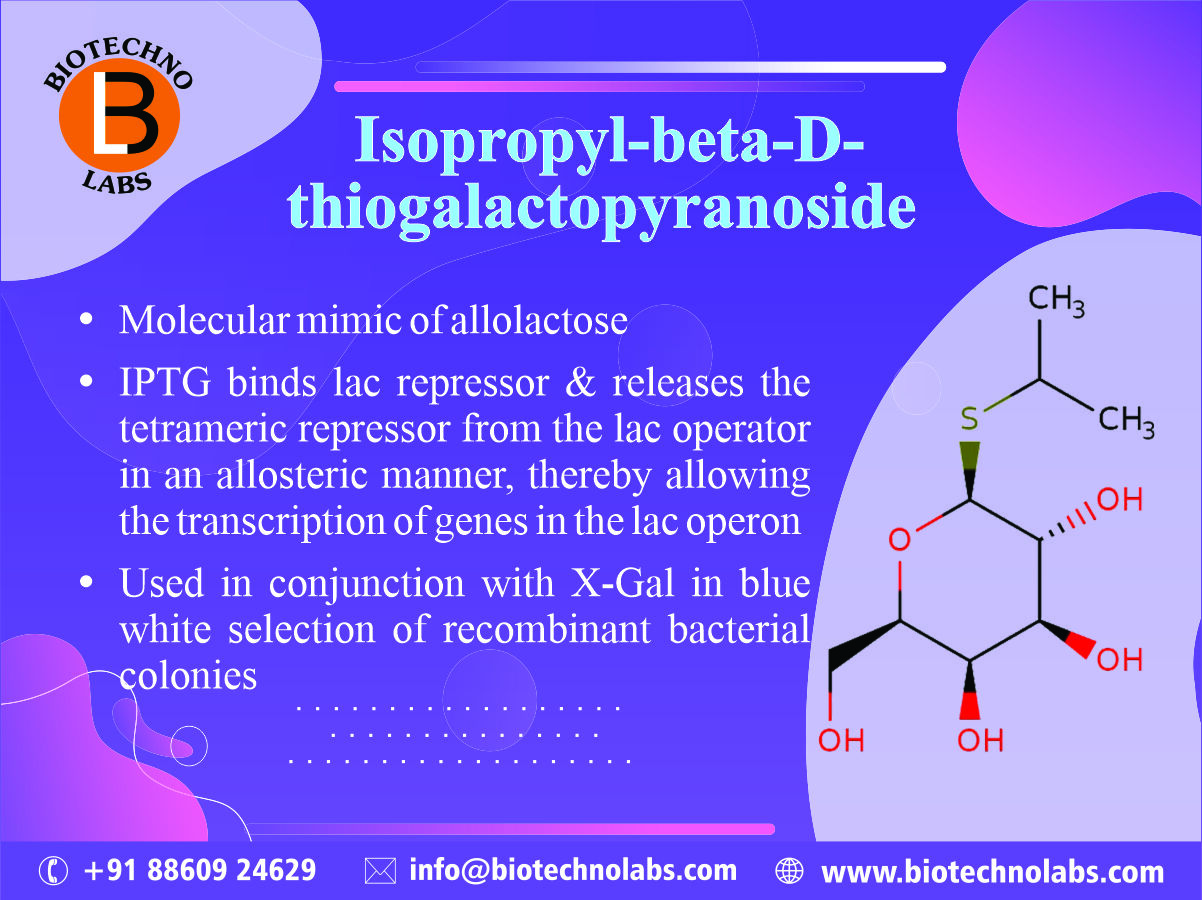
Food Safety Assay Kits: A Need of the Hour
It is a scientific-based discipline that helps in the evaluation of food safety based on its chemical composition physical, or microbiological. It must be accurate, specific, reproducible, established and economical.
Risking food safety can cost lives. Food safety concerns cost countries around the world billions of dollars each year. According to estimates, foodborne infections cost low- and middle-income countries at least $100 billion in losses each year. It is essential for humans to have access to a clean, safe, and sustainable food supply. To preserve the safety of the food supply, the food industry has established a set of food safety testing procedures. For survival, standard nutrition is required, which highlights how crucial having access to healthy food is. There is no other way of determining whether a product is safe than through sensory or physical examination. How can they then determine whether the food they are consuming is safe? At this time, food businesses play a crucial role in guaranteeing food safety. Every organisation in the food sector is required to maintain food safety as part of the human right to adequate nutrition.
Food safety needs
The major purpose of conducting food safety testing is to evaluate the quality of food products and also determine if they are safe for consumption. These food testing results support the claims of food companies regarding their compliance with food safety regulations and laws and their standard food safety operations. These procedures are essential in ensuring food quality and the safest possible consumption experience. Food safety testing procedures are the responsibility of food producers and handlers. Every food company is required to carry out specified food safety testing and to have a food safety testing lab.
Disease Prevention
As already mentioned, food safety tests assess the safety of food products. Additional tests can be used to support procedures for determining whether the food was cooked to the proper doneness. Such testing can be carried out by obtaining samples from the processed batch or a food ingredient and evaluating them for the presence of the desired microorganisms. The outcomes of these analyses can be used to decide whether or not to safely release products onto the market. Testing for food safety is precise, specific, and reproducible.
Sustainability
Scientific food safety testing techniques are an important part of ensuring food sustainability and increasing food demand. The rising demand for food can be met by ensuring that losses are minimized, produced foods are safe, and production is consistent. To achieve a sustainable future, the complementary features of food safety and security must be thoroughly emphasized.
Productivity
Foodborne infections are one of the main causes of increased medical costs and decreased service in all industries. Testing for food safety offers a reliable foundation for ensuring the safety of all community members.
Characteristics of safety testing
A real test method keeps a lot on the line. A poorly designed food safety testing technique may yield false-negative results, which may further release by-products that are potentially contaminated. Therefore, in order for their use to be regarded as effective, food safety tests need to be standard and have a specific set of features.
Below are some characteristics every test procedure should have to solve food safety challenges:
- Specific: The target contaminant of a food safety test must be able to be identified. A general food safety test can occasionally be perplexing and may result in inaccurate findings. Make sure your test processes have unique markers to measure your intended target if you're keen on using multi-target food safety testing methods. Additionally, specificity implies that the food safety test must not cross-react with other food ingredients because this could result in a false-positive result.
- Accurate: In order to be clear and provide reliable readings, the findings of an examination for food safety must be able to read beyond the parameter's permissible food safety requirements. For instance, testing techniques must be able to produce results that are distinct and not ambiguous. The purpose of testing is defeated if a technique yields an extremely wide range of results.
- Reproducible: Testing for food safety is common practice. To ensure the constancy of food quality and the safety of food production, they must therefore be repeated. As a result, the test's output must be accurate.
- Established: Guidelines for food safety tests and the results that are considered acceptable have also been set by regulatory agencies and concerned organizations. Any food safety management system handbook must provide justification for any deviation from these set measures.
- Cost-effective: Some food tests are highly expensive, particularly those that use technology to provide instant or quick answers. This fact is because faster results mean the faster release of finished products. However, choosing to purchase inexpensive food safety sensing equipment shouldn't mean compromising performance.
Food testing protocols are frequently generated for use by food processing companies and are typically formed by a series of tests carried out by experts in the food business. More sophisticated technologies and effective food safety testing are becoming available as the food business moves away from conventional practises and toward globalisation. Given the regularity of testing for various procedures, the results of these tests may become overwhelming. Additionally, if you have a lot of tests for your methods of food processing, it could be difficult to keep up with them.
We, BTL Biotechno Labs Pvt. Ltd. provide a wide range of innovative testing solutions and services for the qualitative and quantitative detection of mycotoxins, residues, and contaminants in food and feed.
Broad categories of available Food Safety Assay Kits; Aflatoxin (Aflatoxin B1 (AFB1),Total Aflatoxin (AF), Aflatoxin M1 (AFM1), Zearalenone, T-2 toxin, Fumonisin, Deoxynivalenol, Ochratoxin A, Nitrufurans & metabolities, β-agonists, Chemical substance, Chloramphenicols, Quinolones, Sulfonamides, Tetracyclines, Hormones, Aminoglycosides, β-lactams, detection of MQCA, Olaquindox, Diazepam, Nitroimidazole, Tylosin, Lincomycin, Tilmicosin, Diclazuril, Abamectin, Doramectin, Erythromycin, Amantadine, Ribavirin, Ceftiofur Metabolite, Dexamethasone, Enrofloxacin, Erythromycin, Gentamicin, Kanamycin, Furazolidone, Malachite Green, Neomycin, Nitrofurazone, Penicillin G, Phenylethanolamine, Ractopamine, Salbutamo, Sulfathiazole and many more.
For more details, please follow the below link:
https://biotechnolabs.com
https://biotechnolabs.com/products
For product details, please connect with us at info@biotechnolabs.com.








